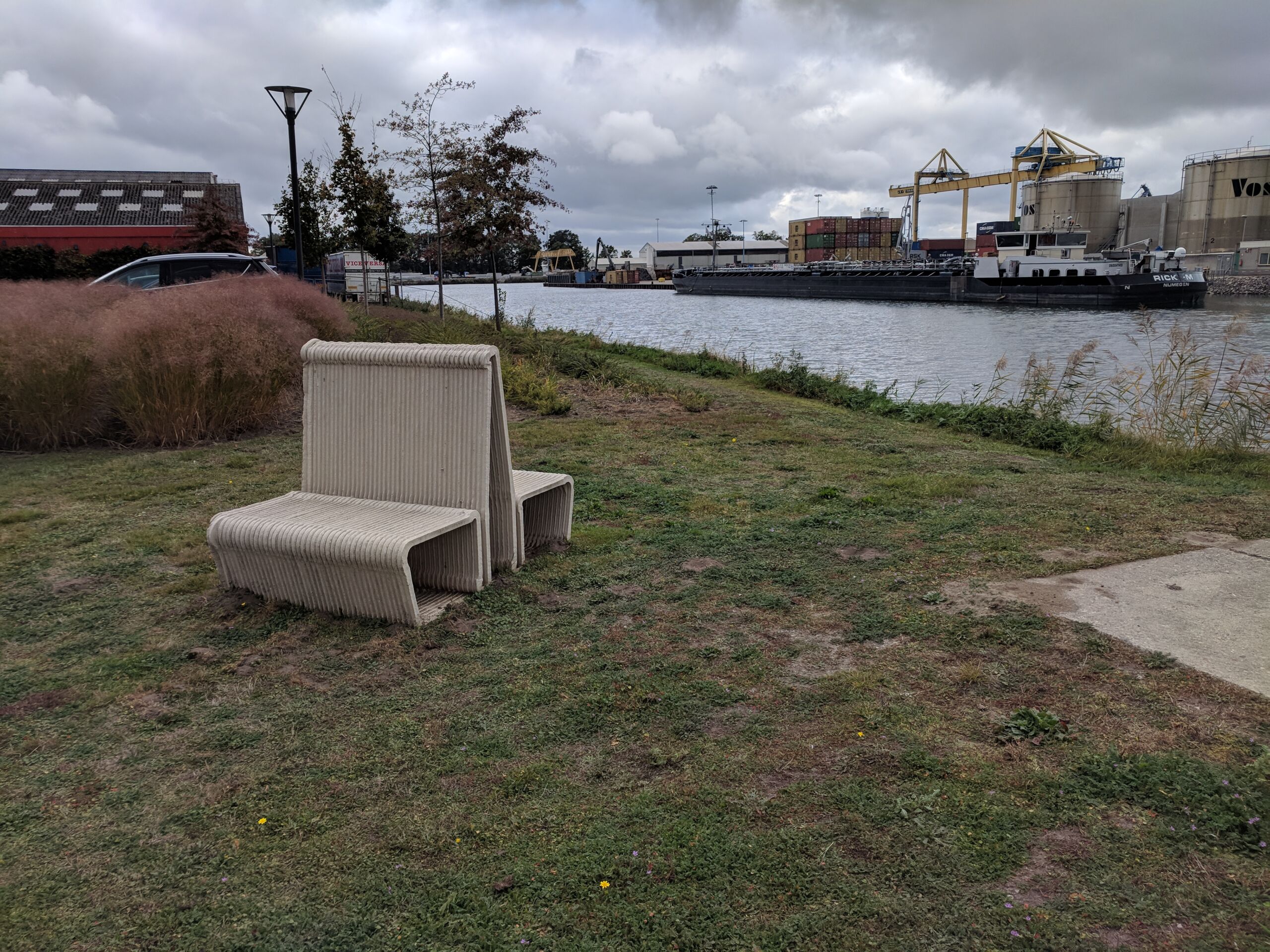In recent years, the construction industry has seen a revolution in the form of 3D printing technology. While initially thought to only be applicable to small-scale objects, 3D printing has now made its way into the construction industry, offering a new method of building. One of the most exciting developments in this space is the use of concrete 3D printing, which has opened up a world of possibilities in infrastructure and landscape design.
Infrastructure Design
Concrete 3D printing can be used in infrastructure design to create complex and intricate structures. This technology allows for the creation of customised and precise components that are not possible with traditional construction methods. For example, the use of 3D printing technology can help to create bespoke concrete bridges that are stronger, lighter and more efficient than their traditional counterparts.
In addition to bridges, concrete 3D printing can also be used to create other infrastructure components such as tunnel linings, retaining walls, and stormwater junctions. The ability to create customised shapes and designs means that architects and engineers have a new tool at their disposal to create structures that are not only functional but also visually appealing and lower cost.
Landscape Design
Another exciting application of concrete 3D printing is in landscape design. With this technology, designers and landscapers have the ability to create unique and customised features such as retaining walls, water features, and even sculptures. The precision and customisation offered by 3D printing means that designers can create structures that are not only functional but also add to the aesthetic appeal of the landscape.
For example, a 3D-printed retaining wall can be designed to fit seamlessly into the surrounding landscape, creating a natural-looking barrier that helps to protect against soil erosion. This is a far cry from the traditional concrete walls that often clash with the surrounding environment. Similarly, 3D printed water features can be designed to match the style and aesthetic of a particular garden or park, enhancing the overall beauty of the space.
Conclusion
Concrete 3D printing is a game-changer for the construction industry, offering a new and exciting way of building structures. Its applications in infrastructure and landscape design are just the tip of the iceberg, and it is expected that this technology will continue to evolve and expand in the coming years. The possibilities are truly endless, and we can’t wait to see what new structures and designs will emerge as concrete 3D printing continues to grow and develop.

